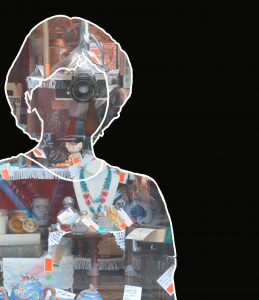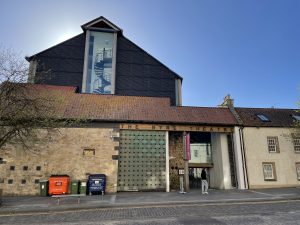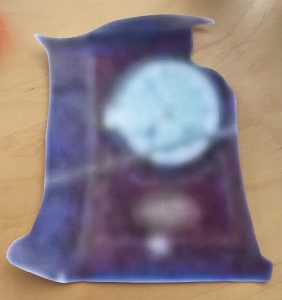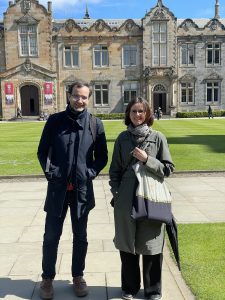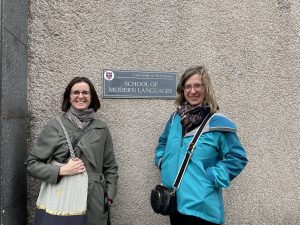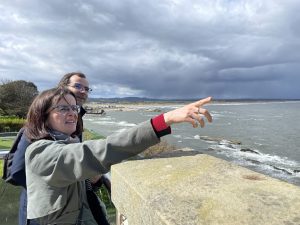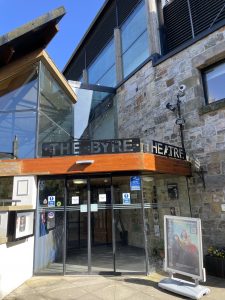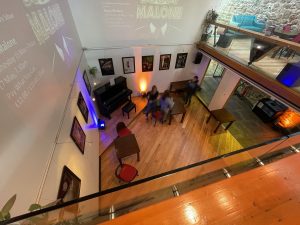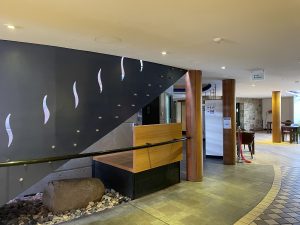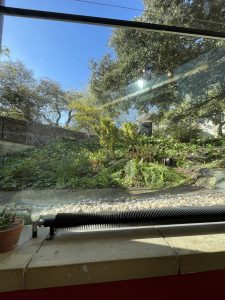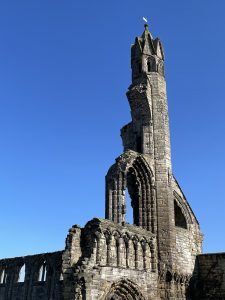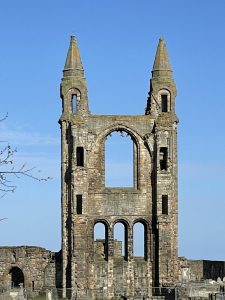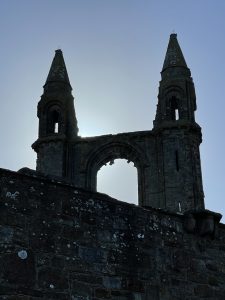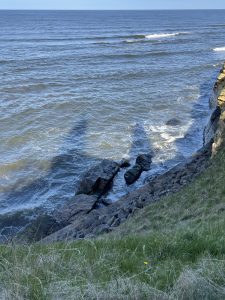This post is a way in to the blog I have kept throughout the project ‘Palimpself’, a University of St Andrews commission, making new work in response to the writings of Annie Ernaux. It charts the development of the ideas for work, images and observations collected along the way, interactions with my collaborators Elise Hugueny-Léger and Fabien Arribert-Narce, dreams, early morning ramblings, and the otherwise generally uncategorisable.
Detail of ‘Chose’ adapted as basis for the exhibition poster
A blog is, in a sense, a kind of palimpsest, if a ‘palimpsest’ is a text written on top of another, the original having been scratched out or retained. One post gets written only to be overwritten by another, more recent one. The chronology of a blog usually starts at the top of the page with whatever has been newly posted and scrolling down into the mulch of earlier days, months, years, you can find earlier entries, superseded by what comes after.
I decided to write this introductory ‘entry post’ to the blog when I realised that the one I was previously giving a link to, called ‘Architectures of Possibility’, which I felt gave a good introduction to the context of the Byre Theatre, was, in terms of where it came in time, rather compromised by being about my first visit to St Andrews last April, but written up just under a week ago, in September.
The Byre Theatre, part of the University of St Andrews
I have already, it seems, disrupted the intended order of this blog when it comes to time but rather than try to sort that out, somehow, by pretending that the post I wrote last week, about some days in the Spring, was an April entry, jiggling around with the dates and reorganising the posts by doing something clever with the organisation of the order in which they appear, I’ve decided just to let it all be, as it is. So, just to say, you’re starting here but there might be some posts following on from this as the days progress and we start setting up the exhibition, then launching it, then doing the Byre World talk on 9th October. They’ll be at the top, likely under the heading ‘Recent Posts”.
You can scroll back to any months from February of this year, the start of the commission, to by looking down the left-hand side of the screen under the heading ‘Archive’ and see how the development of the works and my collaboration with Elise and Fabien have progressed through time. Should you get lost in the depths of my website, then returning to the option ‘Palimpself’ on the top menu bar should set you back on the right track.
Cut out from an archive photograph of a storeroom in the Byre Theatre’s early days
Time is so far from being linear as it is lived. It is not coherent, not one thing, it loops and curves, jumps, stops and starts. Memory joins some of it up as does anticipation but these also serve to derail it, often necessarily so, preventing life from being too predictable or making too much sense. A blog as a document is a permanent first draft, growing up towards the light. This is not to excuse it but only to say that it becomes what it is, through time, whatever that might be.
If you’d like to ask me anything about any aspect of the project or get in touch with a question or an enquiry about any of the works you can do so here: info@susandiab.com
Thank you for your interest
À bientôt!
